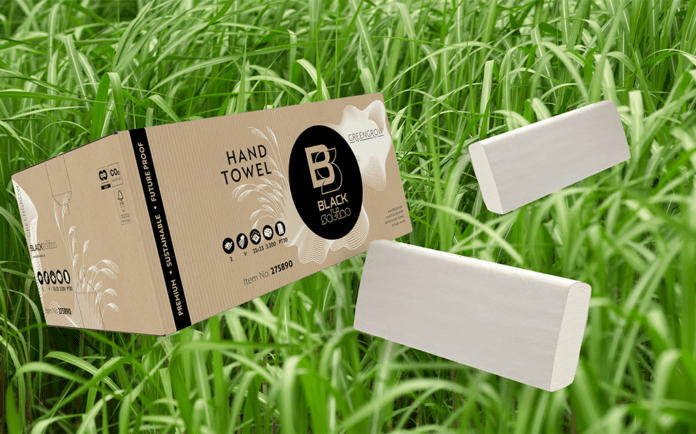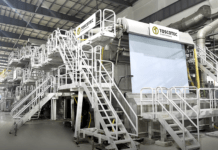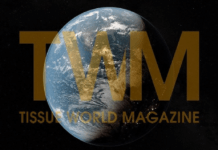The WEPA Group has introduced two additional raw material innovations as part of its sustainability strategy.
The company said it has made fibres from recycled cardboard which form the basis for “extra soft and sustainable hygiene paper products”.
Secondly, it said that “one of the most sustainable fresh fibres in the world” now serves as a raw material: miscanthus.
It claimed that miscanthus has not yet been used by any other manufacturer to produce hygiene paper.
Chief Executive Martin Krengel said: “We have already been researching the use of additional sustainable raw material sources for years.
“We are very pleased to be able to offer further innovative products with outstanding quality and sustainability characteristics.”
The WEPA Group is now announcing what it said are the first product innovations in the market “based on sustainable raw material innovations”.
Its Consumer Business Unit will launch “mach m!t PURE”, while its Professional Business Unit will launch “Satino by WEPA PureSoft” and “BlackSatino GreenGrow”.
Krengel added: “To be able to use recycled cardboard as a raw material to produce hygiene paper, the WEPA Group has developed a new process.”
The company said that no fibre bleaching is used and that the colouring of the tissue paper is natural, additionally emphasising the sustainability aspect. Under the brand names “mach m!t PURE”.
In future, both miscanthus and recycled cardboard will also be used as raw materials for other products throughout Europe.
WEPA will rely on a mix of sustainable recycled fibres from waste paper and recycled cardboard as well as certified wood-based fresh fibres and alternative fresh fibres such as miscanthus.





























